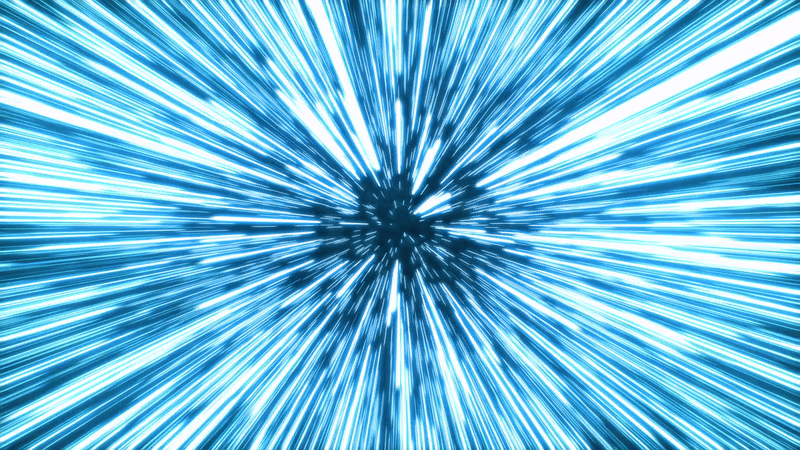Cosmology
Latest about Cosmology
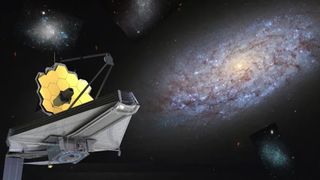
James Webb telescope reveals collection of ancient galaxies that 'transformed the entire universe'
By Robert Lea published
New observations with the James Webb Space Telescope reveal that dwarf galaxies in the early universe released enough collective radiation to change the cosmos forever.

Space photo of the week: A young star sweeps up its cosmic neighborhood in vibrant new Hubble image
By Jamie Carter published
The Hubble Space Telescope's latest image is a riot of orange, blue and violet — and a lesson in how plucky young stars clear their dusty neighborhoods.
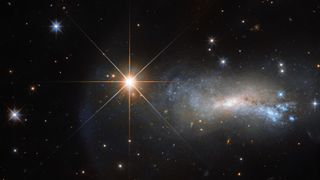
Passing stars may have changed Earth's orbit and climate, study finds
By Abha Jain published
Passing stars may have altered Earth's orbit, and its climate, many times throughout cosmic history. New research digs into what that means when it comes to understanding our planet's past.

'Finally, we have the evidence': James Webb telescope spots neutron star hiding in wreckage of famous 1987 supernova
By Robert Lea published
A neutron star spotted by the James Webb Space Telescope stayed hidden for 37 years while lurking in the wreckage of a stellar explosion, Supernova 1987A.
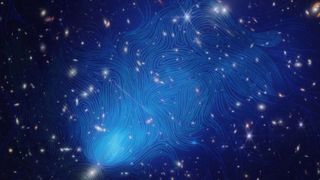
Space photo of the week: 'El Gordo' galaxy cluster shakes its guts in largest-ever magnetic field map of space
By Harry Baker published
Researchers recently mapped out the magnetic field of the gargantuan galaxy cluster "El Gordo." The resulting map of swirling magnetic field lines is the largest of its kind.
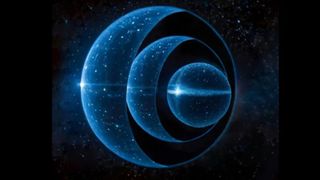
Bizarre 'Russian doll stars' predicted with Einstein's general relativity equations
By Robert Lea published
A new solution to Albert Einstein's theory of general relativity suggests hypothetical gravitational stars that look like black holes could be nested within one another.

Dead star smaller than Jupiter is one of the tiniest in the known universe
By Robert Lea published
The discovery or an ultra-tiny white dwarf could reveal how stars smaller than Jupiter are born.
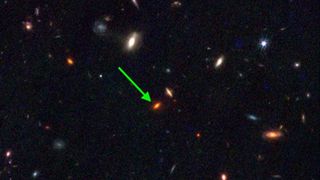
James Webb telescope finds ancient galaxy larger than our Milky Way, and it's threatening to upend cosmology
By Ben Turner published
Astronomers believe the first galaxies formed around giant halos of dark matter. But a newly discovered galaxy dating to roughly 13 billion years ago mysteriously appeared long before that process should have occurred.
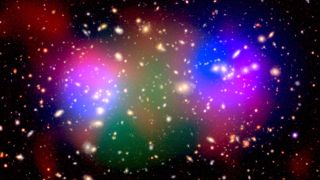
There may be a 'dark mirror' universe within ours where atoms failed to form, new study suggests
By Paul Sutter published
The invisible substance called dark matter remains one of the biggest mysteries in cosmology. Perhaps, a new study suggests, this strange substance arises from a 'dark mirror universe' that's been linked to ours since the dawn of time.
Get the world’s most fascinating discoveries delivered straight to your inbox.


